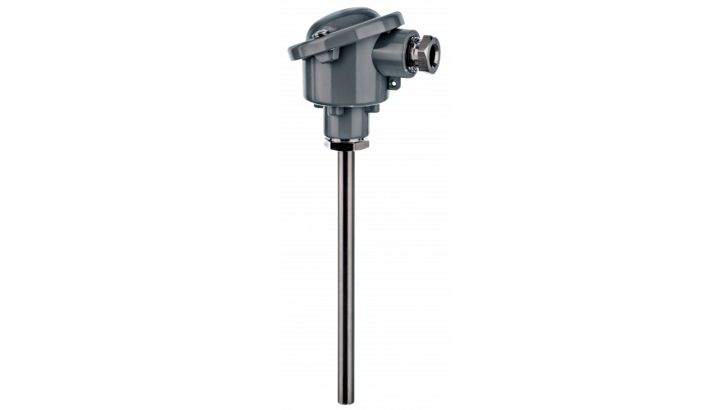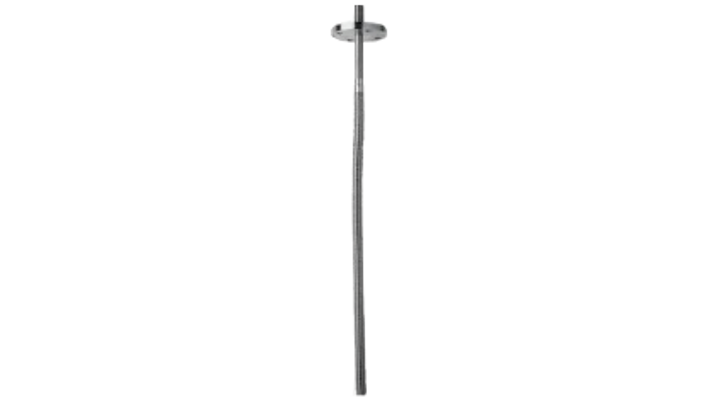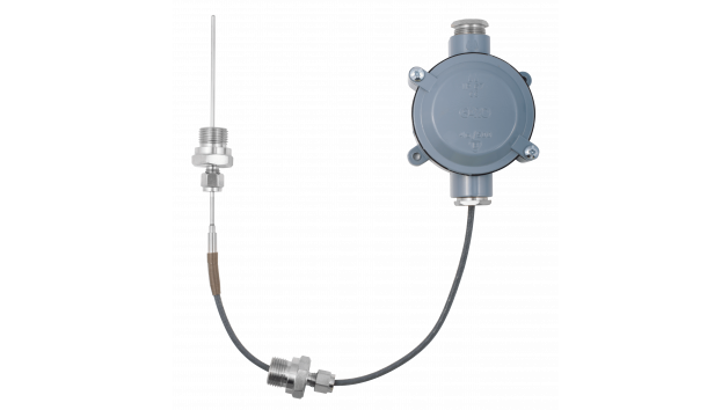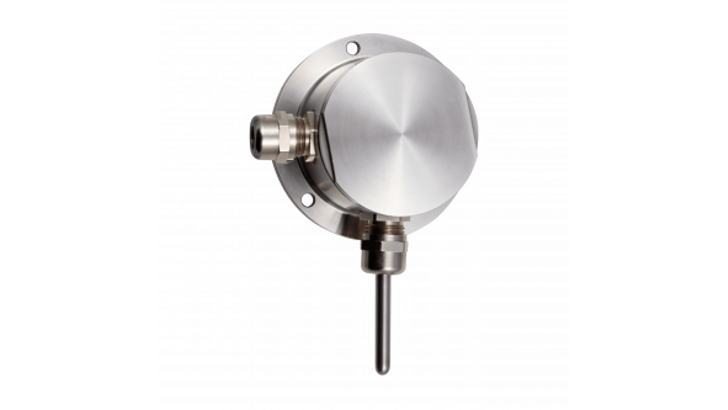Temperature is often one of the most measured values on board and in many cases also one of the most critical factors. An inaccurate or wrongfully positioned/designed sensor can have a huge negative effect on efficiency or operation and in worst case scenarios also lead to breakdowns or malfunctions.

Temperature
Sensor type A and B
For measuring temperatures in closed pipelines and containers with gaseous or liquid media, e.g. air, steam, gas, water or oil. Field of application up to 1,150°C, max 50 bar and media velocities of up to 25 m/sec.

Temperature
Multi-spot sensor type RST
The RT-RST-TS is a multi-spot temperature sensor used for measuring the average temperature, primarily in stationary tank systems, with requirements to the tolerance and response time of the temperature measurement.

Temperature
Stern tube sensor
Stern tube bearing sensor with mechanical connection via two adjustable couplings. Highly robust and flexible/bendable with quick reaction time.
No results found
Temperature
The Basics of Temperature Measurement
Temperature measurements is the process of measuring a current local temperature for immediate or later usage. The most common sensor is the resistance temperature detectors (RTD’s) and the thermocouples. RTD which have higher accuracy and repeatability are slowly replacing the thermocouples in applications below 600 °C.
The RTD typically contains either platinum, nickel or copper wires, as these materials have a positive temperature coefficient. This means that a rise in temperature results in an increased resistance. This change of resistance is then used to detect and measure the temperature changes.
Temperature sensors are used for most systems on board, the most common ones would be the engine and the surrounding equipment, tank, storage room, HVAC and stern tube system.
Guidance to Choose the Correct Temperature Sensor
We have been supplying temperature sensors of almost all types for decades, and we know which type of instrument would be most appropriate for your application, based on your requirements to accuracy, conditions where it should be used and what your end-purpose with the sensor is.
We will gladly assist you in choosing the correct instrument with the desired characteristics and features, and we aim to provide a satisfactory solution to your needs the first time. Regardless if your focus on accuracy, special ambient conditions, ease of installation or price. As we have all supporting functions in-house, we can even help you with installation, maintenance, repair or up-stream signal integration.

